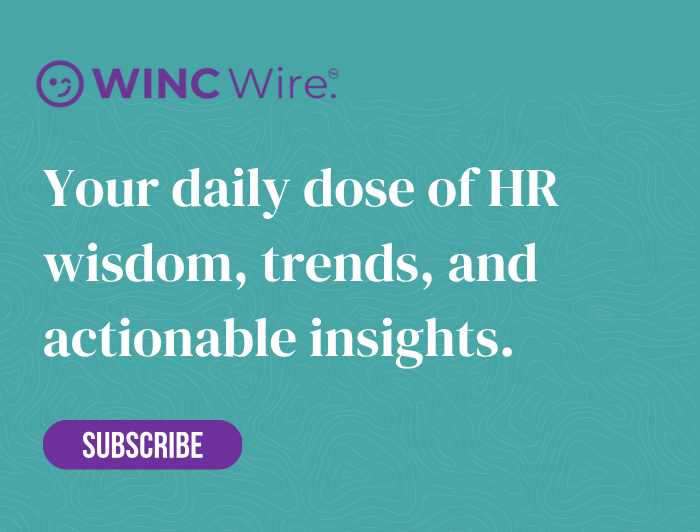Let’s be frank, in our world, ‘transformation’ isn’t a project with a start and end date; it’s simply the way things are now. Agility stopped being a buzzword years ago and became a fundamental requirement for survival. It doesn’t matter if you’re overseeing an automotive plant in the Midlands or scaling a boutique hotel brand in Singapore; the capacity to adapt with real pace and precision is what truly defines your competitive edge.
We’ve seen agile frameworks completely reshape how tech and manufacturing get things done. Now, it’s our turn. Agile HR is proving to be a powerful force for us, allowing us to re-engineer our people practices so they can meet shifting demands with genuine operational finesse and a people-first heart.
From a Function of Rules to an Engine of Change
For decades, HR’s legacy was built on structure, compliance, policy and process. While necessary, that rigidity in today’s climate can feel like an anchor holding the entire organisation back. Agile HR doesn’t just tweak the old model; it breaks the mould. It swaps out that outdated, linear way of working for dynamic cycles of feedback, thoughtful experimentation, and genuine co-creation with our people.
At its core, Agile HR isn’t about creating new processes just for the sake of it. It’s about properly serving the people we’re here for: our employees, team leaders, candidates and even our clients. The real shift in thinking is seeing ourselves in HR as the primary enablers of strategic adaptability for the entire business.
Peeling back the jargon: What is Agile HR, really?
When you strip it all back, Agile HR is built on three pillars that will probably feel quite intuitive to you:
- Responsiveness over rigidity: It’s about moving in sync with the business’s needs, not playing catch-up three months later.
- People as co-creators: This means genuinely empowering employees to help shape the very systems that are meant to support their growth and success.
- Value over volume: Are we prioritising meaningful, high-impact interactions over just churning through administrative tasks?
Instead of building siloed systems that don’t talk to each other, Agile HR weaves a connected tapestry of continuous learning, open dialogue, and more decentralised decision-making. It’s what gives an organisation the latitude to flex without fracturing under pressure.
Real-World Impact: The Measurable Gains of an Agile Approach
- Faster Adaptation: Think about sectors like automotive or tech, where regulations and innovations change constantly. An agile HR function enables rapid realignment, whether that’s onboarding new digital tools or completely recalibrating talent plans on the fly.
- An Elevated Employee Experience: Ditching the static annual survey for real-time listening is a game-changer. Regular check-ins and proper experience mapping make your people feel seen and supported, which we know has a direct, positive impact on retention and morale.
- Sharper Talent Strategies: How many great candidates have we all lost to bloated, slow requisition processes? Agile hiring moves away from that. It focuses on building proactive talent pipelines, embraces smart behavioural assessments, and drastically cuts the time-to-hire.
- Performance That Breathes: The annual review is dead, or at least it should be. Agile HR installs systems of continuous, constructive feedback, peer-to-peer recognition, and development that happens in the flow of work. You nurture a culture of growth, not one of judgement.
- Learning as a Way of Life: Roles are evolving faster than we can write job descriptions for them. Agile HR champions personalised upskilling journeys and embeds learning directly into the day-to-day, which is absolutely critical for building future-ready teams.
The Strategic Imperative for Us
Adopting Agile HR isn’t just a departmental overhaul; it’s a complete mindset reset for the function and the business. It’s the bridge that connects operational precision with deep-seated cultural resilience. Whether you’re scaling a start-up in Asia or recalibrating a mature workforce here in Europe, it gives you a practical blueprint to navigate uncertainty with genuine purpose.
Having spent my career at the convergence of process and people across different industries, my view on this is crystal clear: HR done right is less about control and more about expert orchestration. Agile HR is what empowers that harmony. And in the current climate, that harmony might just be your single greatest competitive advantage.
Our choice is simple: we can continue to just react to change, or we can start designing for it.






